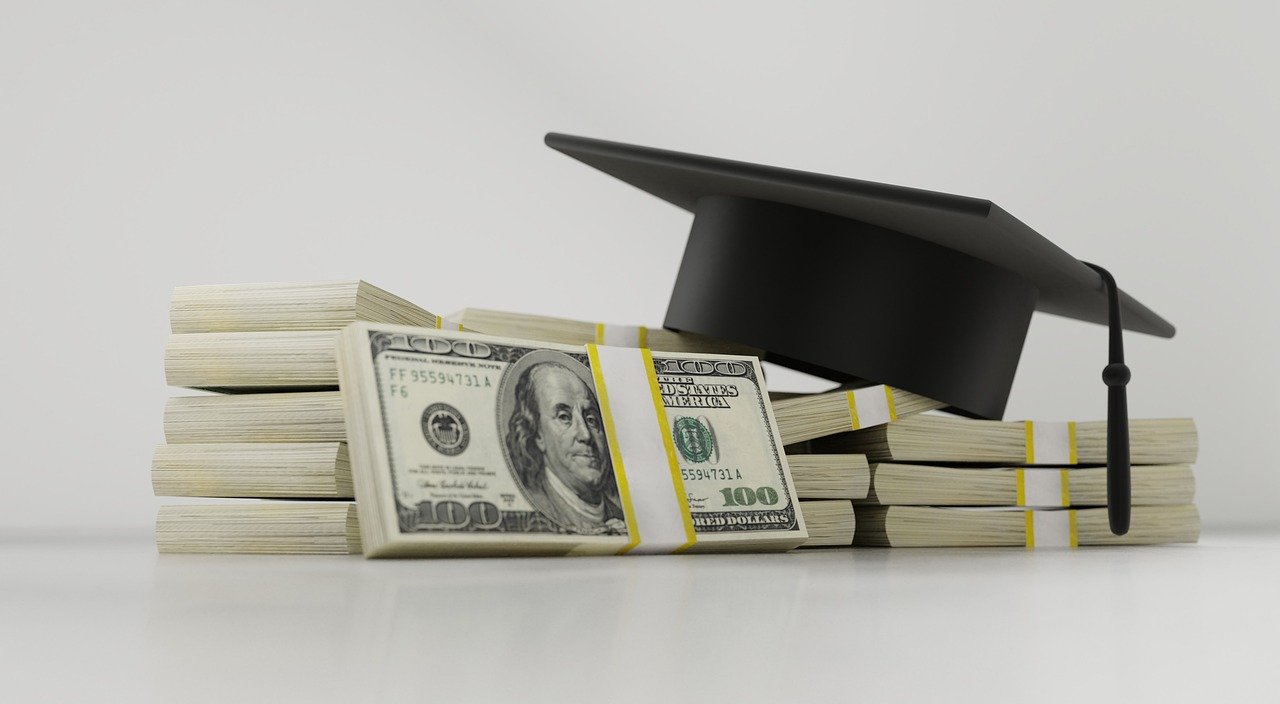Welcome to Student Loans 101. With these loans becoming such an integral part of pursuing higher education, they deserve their own intro course.
Student loans provide the means for countless individuals to access the transformative power of education. But they also come with a set of responsibilities and considerations. Understanding the intricacies of student loans is crucial for students and their families to make informed decisions about financing education.

Student Loans 101: Types of Student Loans
Federal Student Loans
Federal student loans are a common choice due to their borrower-friendly terms and benefits. There are three main types:
1. Direct Subsidized Loans
These loans are need-based, and the government covers the interest while the borrower is in school.
2. Direct Unsubsidized Loans
Unlike subsidized loans, interest accrues on unsubsidized loans while the borrower is in school. However, these loans are not need-based.
3. PLUS Loans
These loans are available to parents of dependent undergraduate students and to graduate or professional students. They cover expenses not met by other financial aid.
One of the most important parts of Student Loans 101? Direct Subsidized Loans and Direct Unsubsidized Loans are offered to students regardless of their credit history. Direct PLUS Loans, though, require a credit check. If you have bad credit, there’s no reason to fret—you may still be able to receive a PLUS loan by meeting additional requirements.
Private Student Loans
Private student loans are offered by private lenders and differ from federal loans in several ways. Most notably, private student loans may have varying interest rates, repayment terms, and eligibility criteria compared to federal loans.
You may also find private student loans to be lacking when it comes to hardship protections. When the Covid-19 pandemic hit, the government paused millions of student loan payments. For years. Private student loan borrowers, however, weren’t quite as lucky. The government couldn’t demand that private lenders pause payments for their borrowers. Those that borrow private student loans are also unlikely to have early forgiveness options, like federal student loans do.
Private loans can help if there is still a payment gap after federal aid and loans are awarded through the FAFSA. For a number of personal reasons, an applicant may find that private student loans are the best option for them in the first place. If you want to ace Student Loans 101, it’s important to carefully review all terms and conditions, understand how they differ from federal student loans, and shop around for the best deal from private lenders for your circumstances.
Student Loans 101: Applying for Student Loans

FAFSA (Free Application for Federal Student Aid)
The FAFSA is a crucial step in accessing federal student aid. It gathers information about a student’s family income and assets to determine eligibility for various federal aid programs.
Early submission of the FAFSA is vital. The official FAFSA website notes that “[s]ome states and colleges use information from the FAFSA form to determine your eligibility for their grants, scholarships, and loans.” While missing a state’s deadline for submission won’t prevent you from being eligible for federal student loans and aid, it could hurt your chances for state or college aid programs. Some aid programs have limited funds, and applying early increases the chances of receiving the maximum aid.
Private Loan Application Process
Unlike FAFSA, there is no universal private student loan application. Private lenders each have their own specific eligibility criteria, which should be carefully reviewed prior to applying.
Private loans typically require a credit check. Generally speaking, to get approved for these student loans, private lenders will want to see you have a credit score of at least 650. The likelihood of being granted a private student loan increases with your credit score. In addition to your eligibility, your credit score will also help determine the interest and repayment terms of your private loans. Students with limited credit history may need a cosigner (usually a parent or guardian) to increase the likelihood of approval.
Student Loans 101: Always Learn More
When it comes to federal student loans, government websites provide valuable information on loan terms, repayment plans, and forgiveness programs.
Be careful before sharing your sensitive and personal information with others. To help avoid scams, always look for websites that begin with “https” and end in “.gov”. It’s also important to know that you’re never required to pay for information about federal student loans—it is always available for free direct from the source.
Staying informed is key to making sound financial decisions. If you’re embarking on the student loan journey as a borrower, parent or guardian, or just learning more in support of someone you know that’s taking on the financial burden—it’s essential to take the time to really understand the nuances of student loans.
Whether opting for federal or private loans, the key lies in informed decision-making. By understanding Student Loans 101, finding resources, seeking support, and embracing financial literacy, you can embark on the endeavor responsibly. Help ensure that borrowing student loans today isn’t a move you regret in the future.
